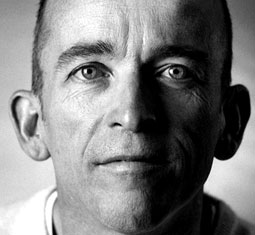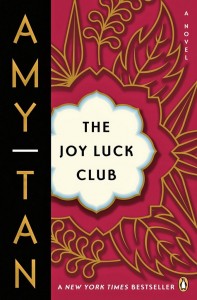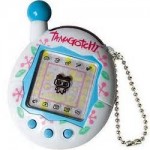
Some of the most powerful writing I’ve ever read and art I’ve ever seen is housed in the books Revolutionary Voices: A Multicultural Queer Youth Anthology, edited by Amy Sonnie (2000). I began reading this text for my final paper with my femmey ‘I work with queer youth and that’s why I’m reading this’ hat. I’m working (successfully) right now to spread gender-neutral restrooms across Queens College (my undergrad home) and create a Queer Resource Center there: I am very much in the queer communities at QC, but as something of a friendly elder who has graduated and remains to work with youth to create things that need to be created. I came out almost nine years ago, and I graduated almost three years ago (not long, I know, but it seems like a long time in terms of where I am as compared to where I was). So, again, I came to this anthology and to this final paper idea of analyzing queer youth life writing as someone somehow connected to, but distanced from, queer youth.
The overwhelming emotional value that I got from journeying through this book, however, is that I am still, unabashedly and proudly, a queer youth myself. I never thought I wasn’t young, I just… I suppose I came to it thinking I could read it in a somewhat detached manner. I couldn’t. I could have written for that anthology, and I found myself taking lots of time I don’t have to write many fluid, narrative responses of my own (poetry, snapshots of life writing) as my way of interacting fully with the text. For me, that means that the text accomplished its goal: another queer youth finding herself in the veins of its pages. Hooray!
Hooray indeed. But I still need to analyze this thing for my paper. I’m thinking of two interconnected ideas. I’m thinking of affect theory, scriptotherapy, and how deeply emotions guide the creation (and reading) of anthologies like these. Rage and abandonment and fierce, fierce pride and bravery drench the pieces in this book. It is truly a work of relational life writing, because the art works featured in the book have their own breath and enter the readers’ lungs too intimately to be about some Other. It is a work of creating selfhood. (That’s my reading, anyway: I don’t know how people with different experiences than me might read it.)
And I find myself wondering about this selfhood, which really brings me to an academic core of what I think I will write about. What selfhood is created within the parameters of an anthology? What is denied, what is forgotten? Amy Sonnie was very intentional about getting a diverse range of young authors to write and submit art for this anthology. She noted apologetically in the beginning of the work the underrepresentation of transgender, intersex, and genderqueer people in the book. From my first read-through, I’m pretty sure there were more youth of color writing for the book than there were white kids, which I was thrilled about: in a culture where whiteness dominantly defines queerness, this is amazing, and it was intentional in a book that offers some of the most powerful critiques of the capitalist, white supremacist status quo I’ve ever encountered. Yet there was only one artist who wrote about experiences with physical disability, for example. Physical disability didn’t, in this anthology, figure as a crucial marker of “multiculturalism” that the title claims. Only one out sex worker was featured in the book, as another example. These shortcomings were not, like some other identities, apologized for in the introduction. What does that mean?
Further, though a few of the authors noted the desire to get married, the (beautifully) radical stance of the book did not give a home to conservative queers. On one level, I am absolutely fine with that. On another level, I wonder what that means for anthologies. How do anthologies serve as powerful political manifestos of underrepresented and radical views and lives? But does that ‘type’ these works, so that only people who are predisposed to radicalism read them? Is that a price worth paying (capitalist pun intended)? Would a conservative, middle class, white, cis, able-bodied gay man read this book? Do we even want him to? Is it more important to share ourselves with each other, or with “the world”? Both? If both, do radical-only anthologies serve us or hurt us? How do ideas about a work’s affect influence how we think (and, importantly, feel) about this? Would a text feel different, and therefore be less impactful, if such overwhelmingly beautiful, radical works were on pages directly opposite also beautiful, but less radical and therefore perhaps more exclusionary, works? (But this book was exclusionary, for the most part, of physical disability and sex work, so…)
These questions, for me, evoke questions of deep emotion behind the academic and highly political work of canon formation. Where is this book situated in the canon formation that anthologies often take part in? How do the politics of canon formation impact such works? Can there be a ‘radical canon’, or is the idea of canonization antithetical to revolutionary queerness? How does this work fit as a postcolonial text, a work of postcolonial canon?
In short, I am interested in questions of what anthologies do to transform submitted texts and to a readers’ experiences with these texts. I’m excited to start the journey of trying to figure things out, and I am content with the idea that I will probably open up more questions than I ultimately answer.










